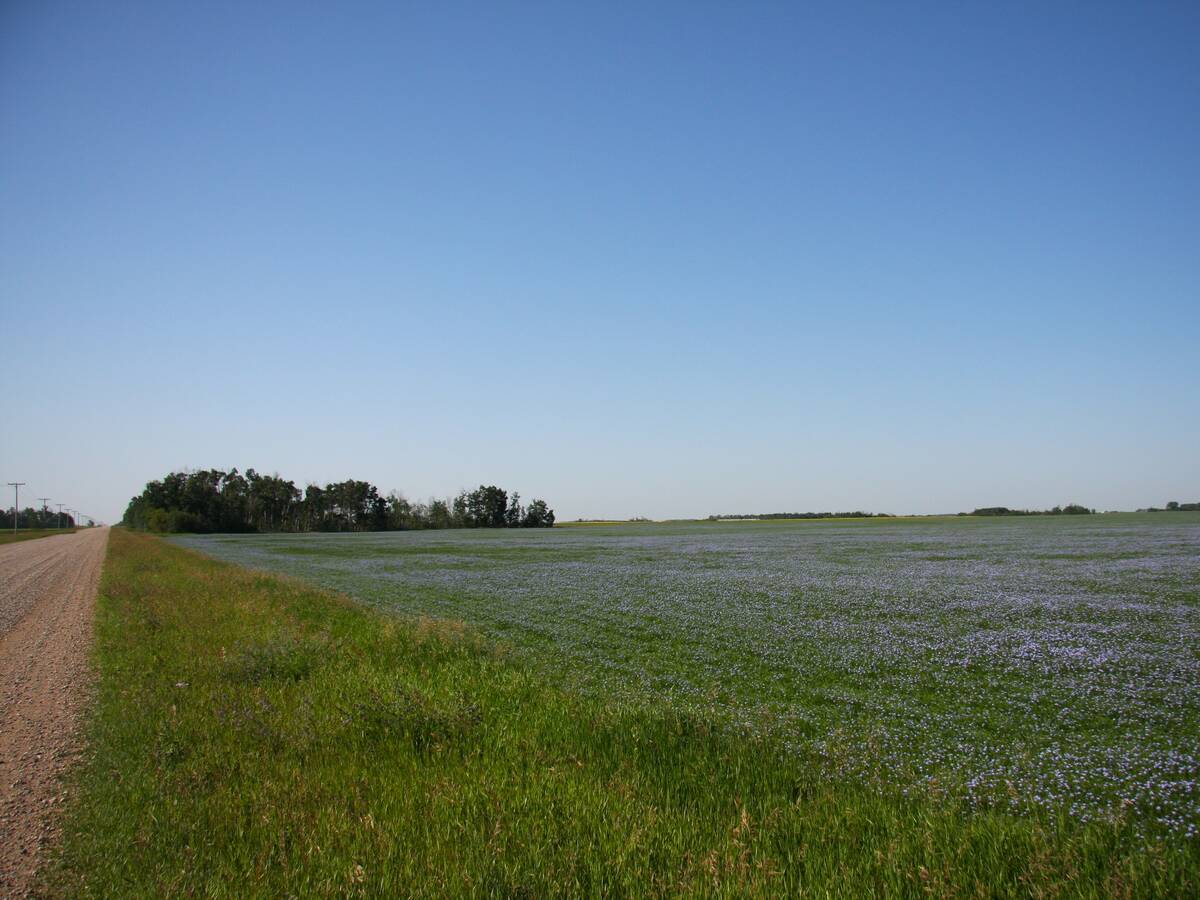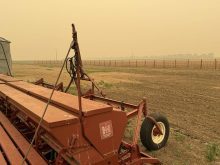The vision of scientists genetically designing plants for specific needs and spawning farms that produce crops for industrial or pharmaceutical companies is closer to reality.
In the mid-1990s, futurists began to expound on the potential of plant genetic science, creating new words such as pharming and predicting that farmers would add to their ancient role as food producer by growing crops for plastic, fuel and other industrial products.
Fifteen years later, farmers still grow crops mostly for food, but Agriculture Canada scientists are working on techniques that one day could give farmers new non-food markets.
Read Also

Farmland advisory committee created in Saskatchewan
The Saskatchewan government has created the Farm Land Ownership Advisory Committee to address farmer concerns and gain feedback about the issues.
Dwayne Hegedus, a research scientist at Agriculture Canada in Saskatoon, is working with a team to alter seeds to make what he calls bioreactors to produce proteins for non-food use.
He said SemBioSys Genetics Inc. of Calgary already has a patent to use genetically modified safflower to produce insulin for treating diabetes.
However, such pharmaceutical crops would likely be produced in small quantities under contract.
“If you want to open up larger opportunities for producers to enter larger markets, then you have to look at proteins used on vast industrial scales.”
Plant-produced enzyme proteins could be used in the pulp and paper industry to bleach paper, convert cellulose into ethanol and make laundry soap. They could also be used in glue and plastic.
“Using seed and very large acreages, you could scale up quite easily and therefore produce a lot of the enzyme very cheaply,” Hegedus said.
“Over time, they tend to be more biodegradable than the petroleum-based products, so there is the eco side as well.”
Proteins could also be altered to make them better animal feeds.
“We can engineer a protein that is very well suited for digestion by fish, that provides all their essential nutrient and amino acid needs and then introduce that into a crop and essentially change the protein profile of the seed so that the protein is better suited for fish, and you can of course tailor that to any livestock,” he said.
“You can make more money feeding fish than you can feeding cattle.”
Scientists who want to create a plant that produces seed with a desired protein must first stop its normal protein production, which Hegedus calls the empty seed concept.
“You have to get rid of something in order to accumulate something else to high levels.”
The seed’s biochemical capacity is then harnessed to make the desired protein and safely store it in the seed.
Researchers have found a way to inactivate genes responsible for producing most of the protein in the plant’s seed, as well as a way to activate genes to create other proteins and accumulate them in areas of the cell called vacuals, where they are protected from degradation.
“So we have the technology in place for the most part, and now we are looking for a suitable industrial crop production platform,” Hegedus said.
The process could work in canola, but the work becomes complicated because growing a genetically altered industrial canola near food canola would likely encounter problems of pollen transfer and contamination.
Alternatives include Brassica carinata, or Ethiopian mustard, because it is drought resistant and capable of growing in poor soil and producing a lot of protein in its seed.
Another potential target is camelina, or false flax, a plant that has recently gained attention in North America because of its potential in the biodiesel industry.
It too is hardy and drought resistant and has no history in North America as a food crop.














